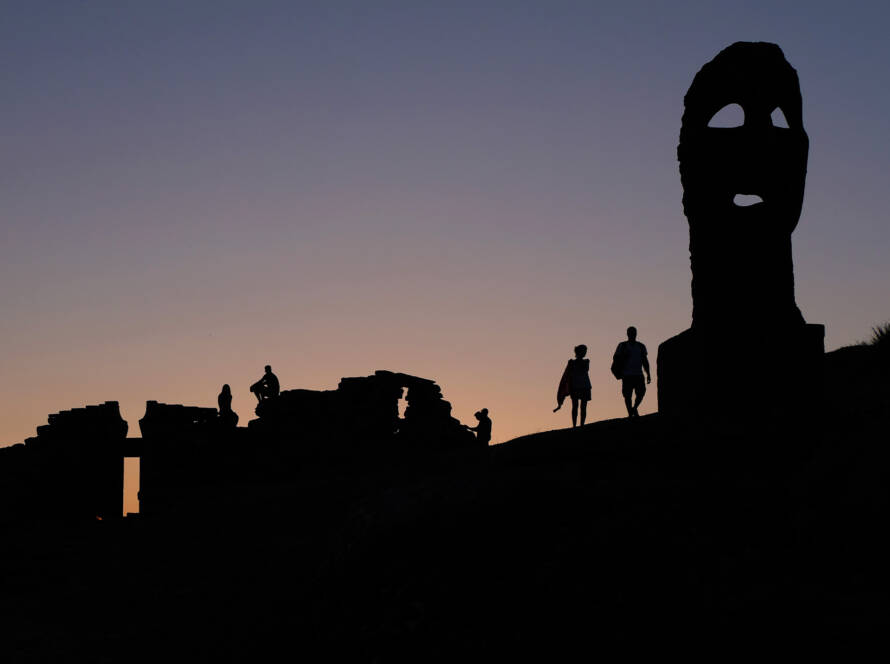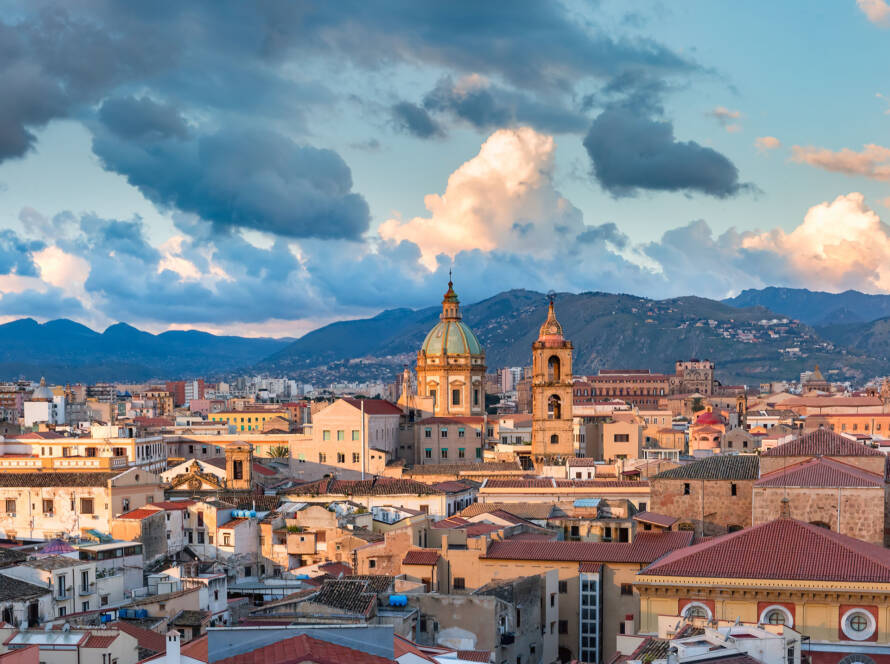Date
planning
Departures and stops
Gratteri, Villabate
Duration
One day
Cost
to define
Within the beating heart of the culture of Agrigento
The Agrigento tour dives into the heart of the culture of Agrigento and includes some of the most important points of interest for the Sicilian cultural heritage: Valle dei Templi, Scala dei Turchi.
Details of the program:
Departure from at: planning
Lunch: planning
Return at: planning
The tour includes:
Valle dei Templi, the glory of Magna Graecia in Sicily
The first stop on our journey through the culture of Agrigento will be the Valle dei Tempi, located a stone’s throw from the historic centre of Agrigento and one of the world’s greatest testimonies to the Greek legacy left on Italian territory, which is why it was declared a UNESCO World Heritage Site in 1997. The Valle dei Tempi is an archaeological park that is home to the oldest and best-preserved Greek temples in Sicilian history and the only evidence of Agrigento’s Greek past that would otherwise have been lost due to the numerous invasions that the city underwent over time. The park contains numerous points of interest to visit in addition to the temples, such as necropolis, tombs and museum exhibits of various kinds.
Scala dei Turchi, a work of art created by nature
We will then move on to La Scala dei Turchi, an extraordinary cliff face that rises up the entire coast of Realmonte in the province of Agrigento.
What makes the wall a wonderful and unique tourist attraction is its peculiar white cliff, a colour due to the presence of minerals, and its irregular and undulating shape, forged by natural agents over the centuries. The cliff is named ‘scala’ (staircase) because its terraced shape made it easy for Saracen pirates to land, hence the name ‘dei Turchi’ (of the Turks), who were incorrectly called ‘Turks’ like all other Arabs. The municipality of Realmonte submitted an official request to include the site in the UNESCO World Heritage list in 2007 and since 2008, the FAI has been acting in favour of the property in collaboration with Legambiente to protect it from the threat of ‘ecomonsters’.




